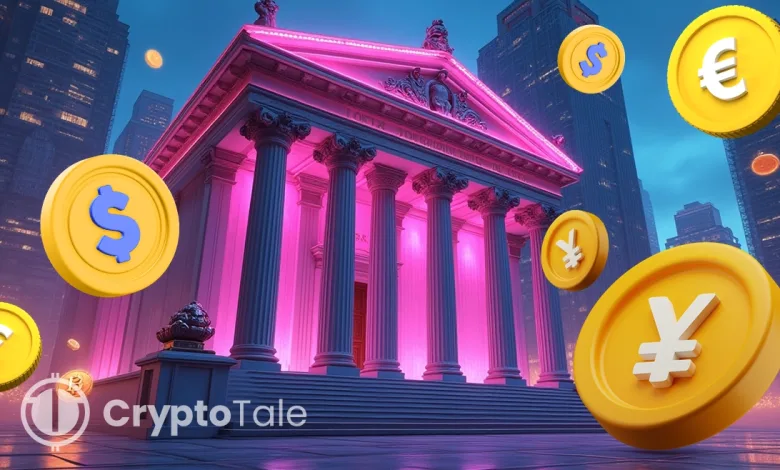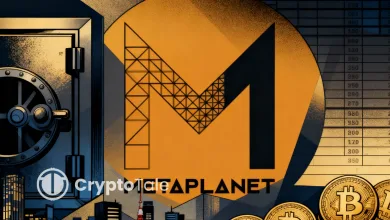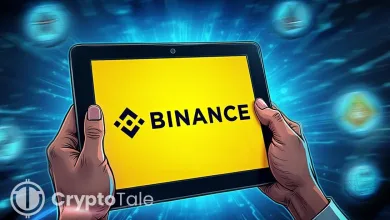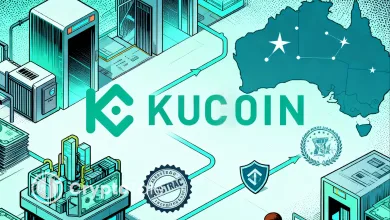Global Banks Unite to Develop G7-Pegged Stablecoin Project

- Ten major banks plan a G7-pegged stablecoin to modernize global digital payments.
- New U.S. and EU regulations drive bank interest in regulated stablecoin projects.
- Analysts predict that bank-backed stablecoins could attract $1 trillion in global deposits.
Ten major financial institutions, including Goldman Sachs, Deutsche Bank, Bank of America, Citi, and UBS, announced that they had agreed to explore the issuance of a G7-pegged stablecoin. The project aims to establish a fully reserve-backed online currency that operates on public blockchains. This is a significant move by conventional banks to bring modernization in payments using blockchain technology.
The group said it will study the feasibility of a “1:1 reserve-backed form of digital money.” This token would be tied to major G7 currencies, such as the U.S. dollar, the euro, the British pound and the Japanese yen. The initiative aims to facilitate faster, cheaper, and more efficient cross-border payments while ensuring regulatory compliance.
The companies involved are Goldman Sachs Group Inc., Deutsche Bank AG, Bank of America Corporation, Banco Santander S.A., BNP Paribas S.A., Citigroup Inc., MUFG Bank Ltd., TD Bank Group, Barclays Plc, and UBS Group AG. The banks affirmed that they are already negotiating with financial regulators in key markets to ensure complete oversight and risk management.
The project highlights a growing interest in stablecoins, which are cryptocurrencies pegged to a specific fiat currency. According to Bloomberg Intelligence, by 2030, annual payments made with stablecoins could surpass $50 trillion, showing their potential to reshape the global financial landscape.
Regulatory Clarity
Along with adoption, new regulations are being implemented in the United States and the European Union. This includes the GENIUS Act, a U.S. law that sets rules for issuing and trading payment stablecoins, which President Donald Trump signed into law in July. Although it will fully take effect in late 2026, it already provides major banks with a clear legal framework for developing digital money products.
Europe has also progressed with the Markets in Crypto-Assets (MiCA) framework, which allows banks to experiment with blockchain-based payments. These policies have motivated established institutions to enter a space once led by crypto-native firms like Tether and Circle.
However, international regulators remain cautious. The Governor of the Bank of England, Andrew Bailey, and the President of the European Central Bank, Christine Lagarde, have cautioned that monetary stability may be threatened by the introduction of stablecoins by individual players. The banks highlighted that their proposal will comply with high reserve requirements and be transparent to build trust and adherence.
Related: North Dakota to Launch Dollar-Backed “Roughrider” Stablecoin
Stablecoin Competition
The consortium’s move could reshape the stablecoin market, which Tether’s USDT currently leads. Tether holds roughly $179 billion of the $310 billion in circulation, according to CoinGecko. Analysts at Standard Chartered estimate that regulated, bank-issued stablecoins could attract $1 trillion in deposits from emerging markets within three years.
This new project also mirrors recent European efforts. In September, nine banks, including ING and UniCredit, announced plans for a euro-backed stablecoin. In the United States, Société Générale introduced a dollar-backed token earlier this year; although adoption was low, approximately 30 million tokens were in circulation.
Banks are also experimenting with tokenized deposits. JPMorgan Chase and HSBC have both piloted blockchain-based payment systems that allow secure, instant transfers between institutions. These developments show a clear trend: global banks are preparing for a digital future where blockchain powers everyday transactions.
If successful, this G7-supported stablecoin project would be the first multi-currency network run by conventional banks. It has the potential to establish new digital payment standards and challenge other stablecoins in the cryptocurrency space. Although no launch date has been announced, the project suggests that major financial institutions will integrate blockchain technology into the global payments system.





